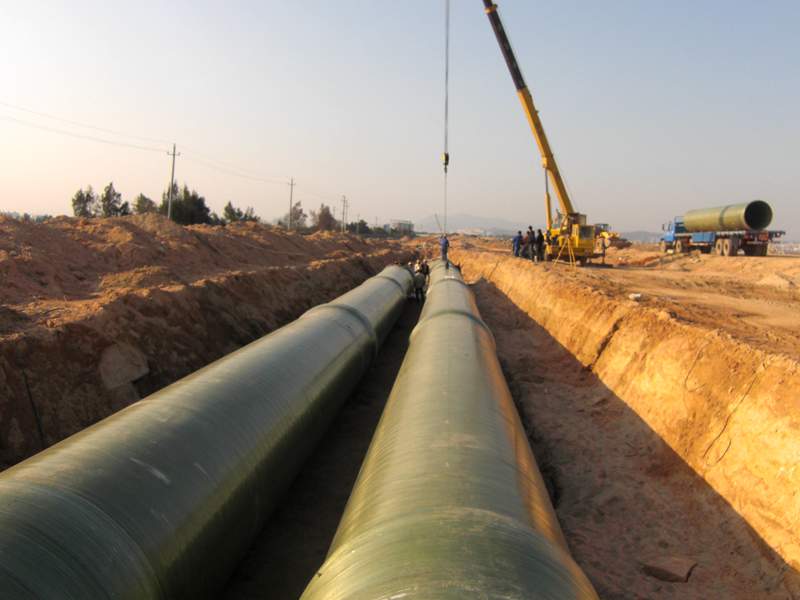
-
 Afrikaans
Afrikaans -
 Albanian
Albanian -
 Amharic
Amharic -
 Arabic
Arabic -
 Armenian
Armenian -
 Azerbaijani
Azerbaijani -
 Basque
Basque -
 Belarusian
Belarusian -
 Bengali
Bengali -
 Bosnian
Bosnian -
 Bulgarian
Bulgarian -
 Catalan
Catalan -
 Cebuano
Cebuano -
 China
China -
 China (Taiwan)
China (Taiwan) -
 Corsican
Corsican -
 Croatian
Croatian -
 Czech
Czech -
 Danish
Danish -
 Dutch
Dutch -
 English
English -
 Esperanto
Esperanto -
 Estonian
Estonian -
 Finnish
Finnish -
 French
French -
 Frisian
Frisian -
 Galician
Galician -
 Georgian
Georgian -
 German
German -
 Greek
Greek -
 Gujarati
Gujarati -
 Haitian Creole
Haitian Creole -
 hausa
hausa -
 hawaiian
hawaiian -
 Hebrew
Hebrew -
 Hindi
Hindi -
 Miao
Miao -
 Hungarian
Hungarian -
 Icelandic
Icelandic -
 igbo
igbo -
 Indonesian
Indonesian -
 irish
irish -
 Italian
Italian -
 Japanese
Japanese -
 Javanese
Javanese -
 Kannada
Kannada -
 kazakh
kazakh -
 Khmer
Khmer -
 Rwandese
Rwandese -
 Korean
Korean -
 Kurdish
Kurdish -
 Kyrgyz
Kyrgyz -
 Lao
Lao -
 Latin
Latin -
 Latvian
Latvian -
 Lithuanian
Lithuanian -
 Luxembourgish
Luxembourgish -
 Macedonian
Macedonian -
 Malgashi
Malgashi -
 Malay
Malay -
 Malayalam
Malayalam -
 Maltese
Maltese -
 Maori
Maori -
 Marathi
Marathi -
 Mongolian
Mongolian -
 Myanmar
Myanmar -
 Nepali
Nepali -
 Norwegian
Norwegian -
 Norwegian
Norwegian -
 Occitan
Occitan -
 Pashto
Pashto -
 Persian
Persian -
 Polish
Polish -
 Portuguese
Portuguese -
 Punjabi
Punjabi -
 Romanian
Romanian -
 Russian
Russian -
 Samoan
Samoan -
 Scottish Gaelic
Scottish Gaelic -
 Serbian
Serbian -
 Sesotho
Sesotho -
 Shona
Shona -
 Sindhi
Sindhi -
 Sinhala
Sinhala -
 Slovak
Slovak -
 Slovenian
Slovenian -
 Somali
Somali -
 Spanish
Spanish -
 Sundanese
Sundanese -
 Swahili
Swahili -
 Swedish
Swedish -
 Tagalog
Tagalog -
 Tajik
Tajik -
 Tamil
Tamil -
 Tatar
Tatar -
 Telugu
Telugu -
 Thai
Thai -
 Turkish
Turkish -
 Turkmen
Turkmen -
 Ukrainian
Ukrainian -
 Urdu
Urdu -
 Uighur
Uighur -
 Uzbek
Uzbek -
 Vietnamese
Vietnamese -
 Welsh
Welsh -
 Bantu
Bantu -
 Yiddish
Yiddish -
 Yoruba
Yoruba -
 Zulu
Zulu
fiberglass stack
The Versatility and Applications of Fiberglass Stack
Fiberglass stack systems have gained significant recognition in various industries due to their durability, lightweight nature, and resistance to corrosion and extreme temperatures. These stacks, often used in industrial settings, play a crucial role in the management and dissemination of emissions from industrial processes, ensuring compliance with environmental regulations.
Fiberglass, or glass-reinforced plastic (GRP), is a composite material made from a matrix of plastic reinforced with fine glass fibers. The unique properties of fiberglass make it an excellent choice for constructing stacks. Unlike traditional materials like steel or concrete, fiberglass is resistant to a variety of chemicals, making it ideal for industries such as chemical processing, wastewater treatment, and agriculture. Additionally, fiberglass stacks exhibit high strength-to-weight ratios, which simplifies transportation and installation, reducing overall project costs.
The primary function of a fiberglass stack is to channel hazardous gases and emissions from industrial facilities into the atmosphere. This is crucial not only for environmental protection but also for the health and safety of employees and nearby communities. The design and construction of these stacks must adhere to stringent environmental regulations, which vary by region and industry. Fiberglass offers design flexibility, allowing engineers to create custom solutions that meet specific regulatory requirements while optimizing performance.
Furthermore, fiberglass stacks excel in high-temperature applications. Many industrial processes generate heat that can degrade the integrity of traditional materials. Fiberglass can withstand elevated temperatures without compromising structural integrity, ensuring longevity and reliability. This property is particularly valuable in power generation plants and smelting operations, where extremes in temperature are common.
fiberglass stack

Another advantage of fiberglass stacks is their minimal maintenance requirements. They do not rust or corrode like metal stacks, which can translate to reduced operational downtime and lower maintenance costs over the lifespan of the equipment. The smooth surface of fiberglass also prevents particulate buildup, which aids in maintaining efficient airflow and reducing the risk of blockages that could impede emissions control.
In addition to their primary function in emissions management, fiberglass stacks can be aesthetically pleasing. Many industries are recognizing the importance of visual impact in their operations, and fiberglass can be manufactured in various colors and finishes to blend seamlessly with the surrounding environment. This can be particularly important in urban settings, where industrial operations are closely monitored and scrutinized by the public.
As industries increasingly adopt environmentally friendly practices, the demand for composite materials like fiberglass continues to grow. Ongoing advancements in manufacturing technologies have expanded the potential applications of fiberglass stacks. Innovations such as improved resin formulations and enhanced reinforcement techniques are paving the way for more robust and efficient designs.
In conclusion, fiberglass stacks represent a vital component of modern industrial operations, contributing to both environmental compliance and operational efficiency. Their unique properties make them suitable for a wide range of applications, and their popularity is only expected to rise as industries move towards more sustainable practices. As we advance into an era that prioritizes environmental responsibility, fiberglass stacks will undoubtedly play a pivotal role in shaping the future of industrial emissions management.
Latest news
-
Exploring the Benefits of Top Hammer Drifter Rods for Enhanced Drilling PerformanceNewsJun.10,2025
-
High-Precision Fiberglass Winding Machine for GRP/FRP Pipe Production – Reliable & Efficient SolutionsNewsJun.10,2025
-
FRP Pipes & Fittings for Shipbuilding - Corrosion-Resistant & LightweightNewsJun.09,2025
-
Premium FRP Flooring Solutions Durable & Slip-ResistantNewsJun.09,2025
-
Premium Fiberglass Rectangular Tanks Durable & Lightweight SolutionNewsJun.09,2025
-
Tapered Drill String Design Guide Durable Performance & UsesNewsJun.09,2025









